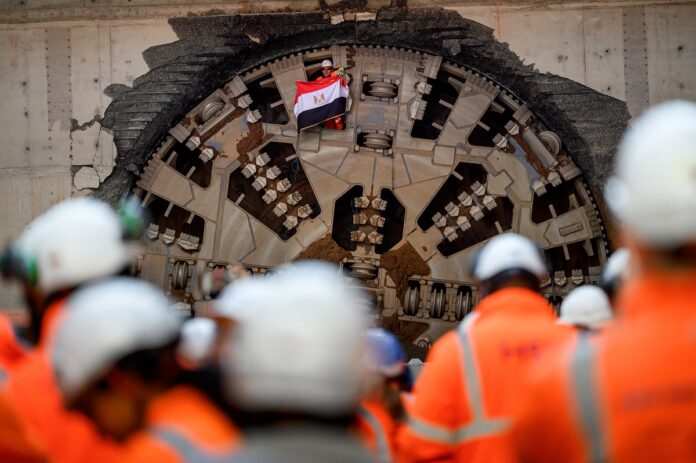HS2’s colossal tunnelling machine, named Mary Ann, has completed its mission to excavate the first bore of what will become the longest railway tunnel in the West Midlands.
The 125-metre-long machine commenced construction of the 3.5-mile (5.8km) Bromford Tunnel in July 2023. The tunnel stretches from the Warwickshire village of Water Orton to the north-east Birmingham suburb of Washwood Heath. The TBM was christened Mary Ann by the local community in honour of the Warwickshire-born author better known by her pen name, George Eliot.
This tunnel breakthrough – HS2’s first in Birmingham – marks a significant milestone for the high-speed rail project. HS2 aims to almost halve journey times between Britain’s two largest cities while freeing up crucial track capacity on the heavily congested West Coast Main Line for more local, regional, and freight services.
This ground-breaking achievement comes at a time when construction work on the vast structures being built to carry HS2 is reaching its peak, with approximately 31,000 people currently employed on the programme along the 140-mile route. Despite this progress, HS2 is currently undergoing a fundamental reset to ensure the railway can be delivered efficiently and at the lowest possible cost.
A dedicated team of 450 individuals supported this significant civil engineering feat. Men and women working for HS2’s construction partner, Balfour Beatty VINCI (BBV), worked around the clock for just under two years to complete the first section of the tunnel. The second bore is expected to be completed later this year by another TBM, named Elizabeth. Following the excavation, teams will begin the work of fitting out the tunnel with cross passages, concrete finishing works and base slabs, as well as emergency and maintenance walkways.
During its 22-month-long mission, the team aboard the 1,600-tonne machine worked at depths of up to 40 metres. They expertly navigated Mary Ann beneath the Park Hall Nature Reserve, the M6 motorway, and the winding River Tame – which they crossed four times with as little as five metres of headspace.
The Washwood Heath site, where Mary Ann broke through, is set to become the central hub for HS2’s operations. Adjacent to the tunnel portal, HS2’s Depot and Network Integrated Control Centre will be constructed. This site will be used for servicing and storing trains, as well as controlling the real-time operation of the railway.
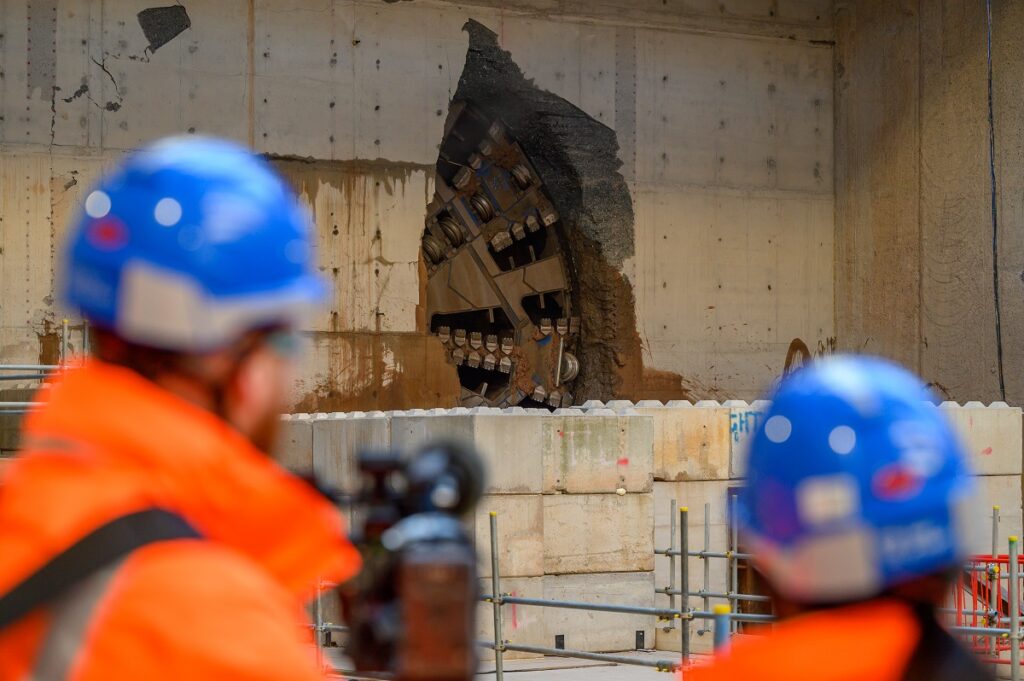
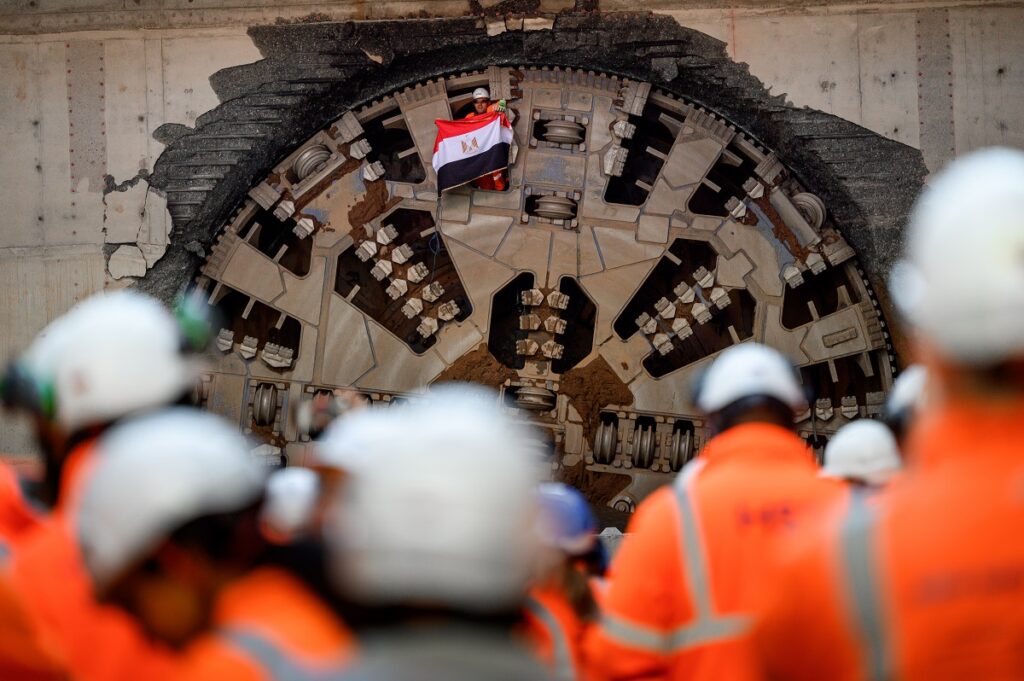
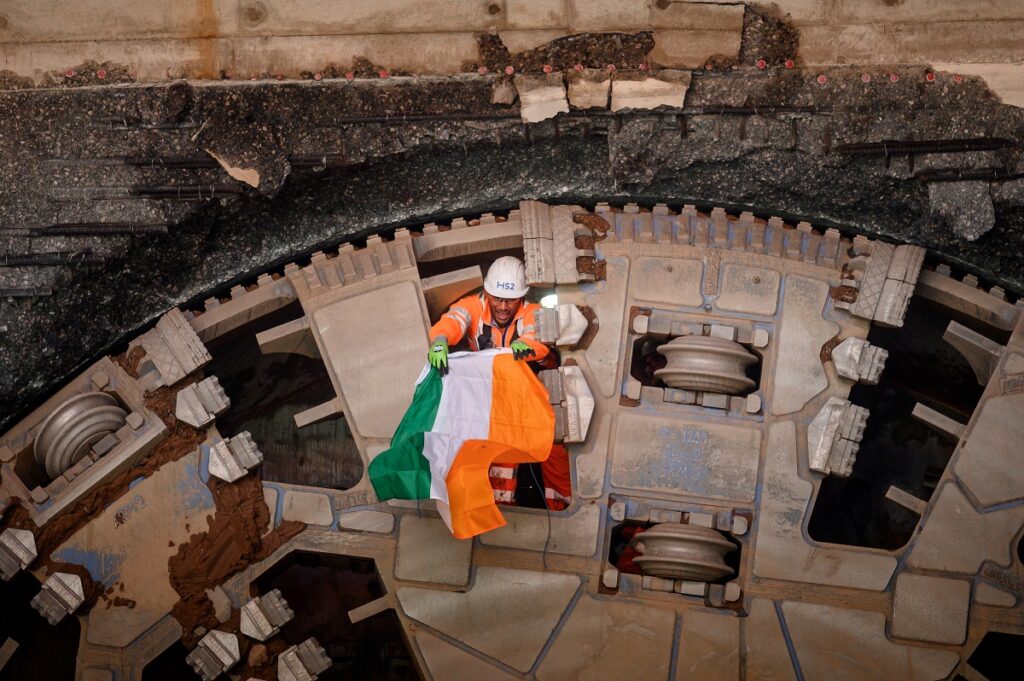
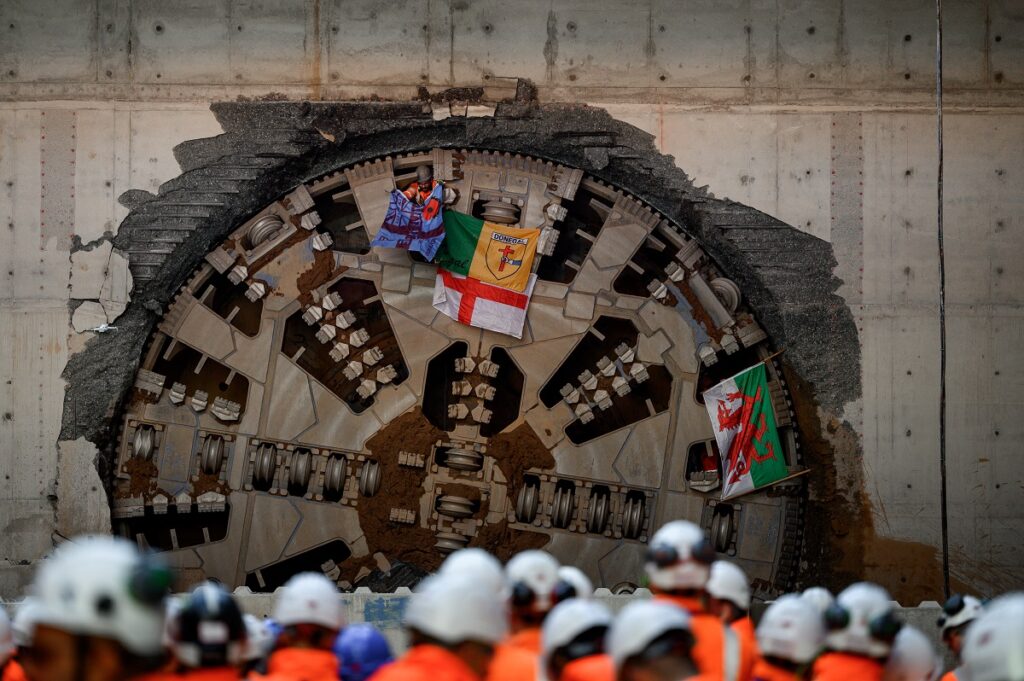
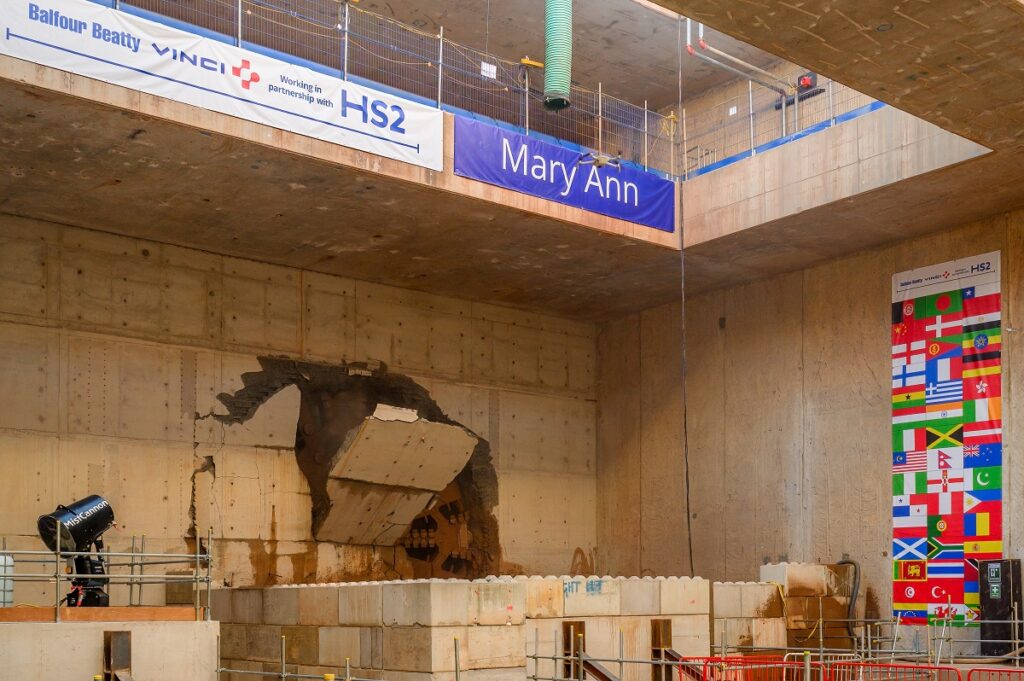
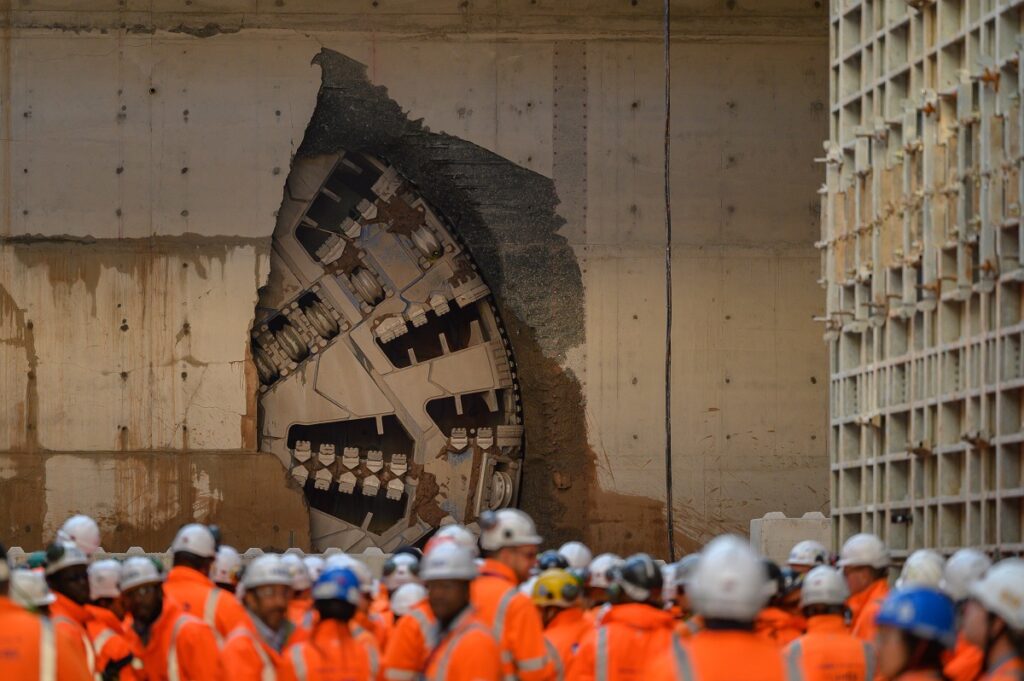
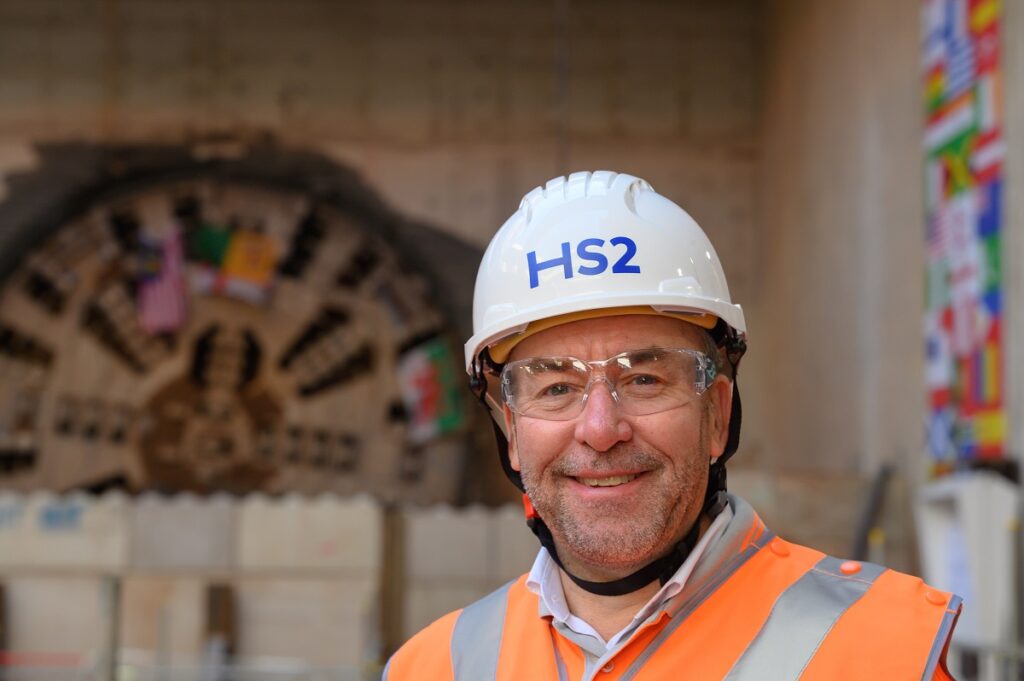
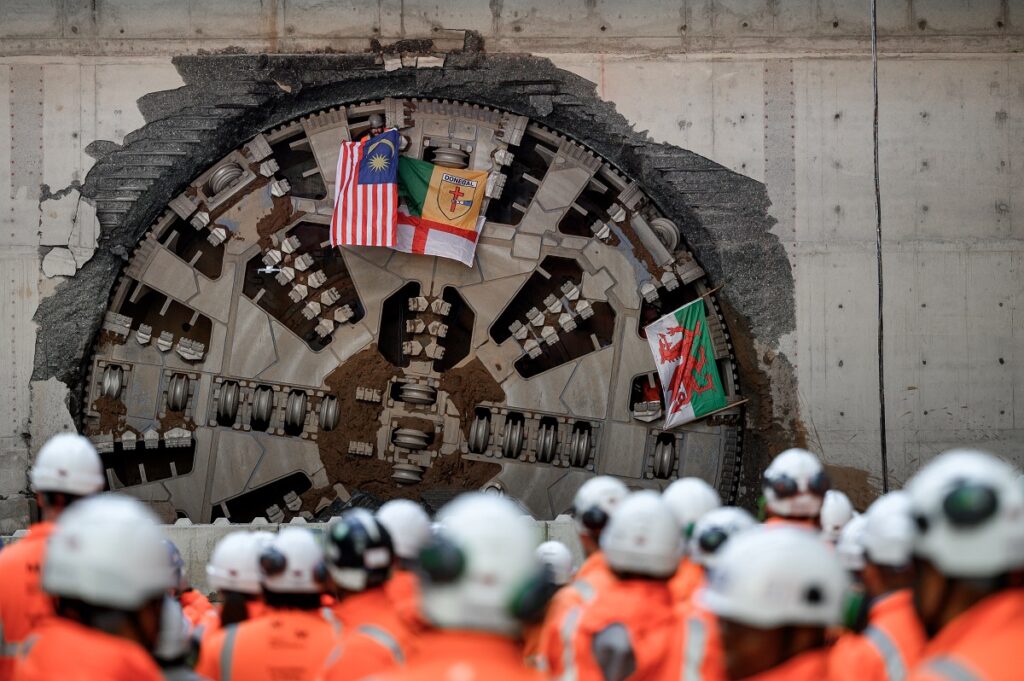
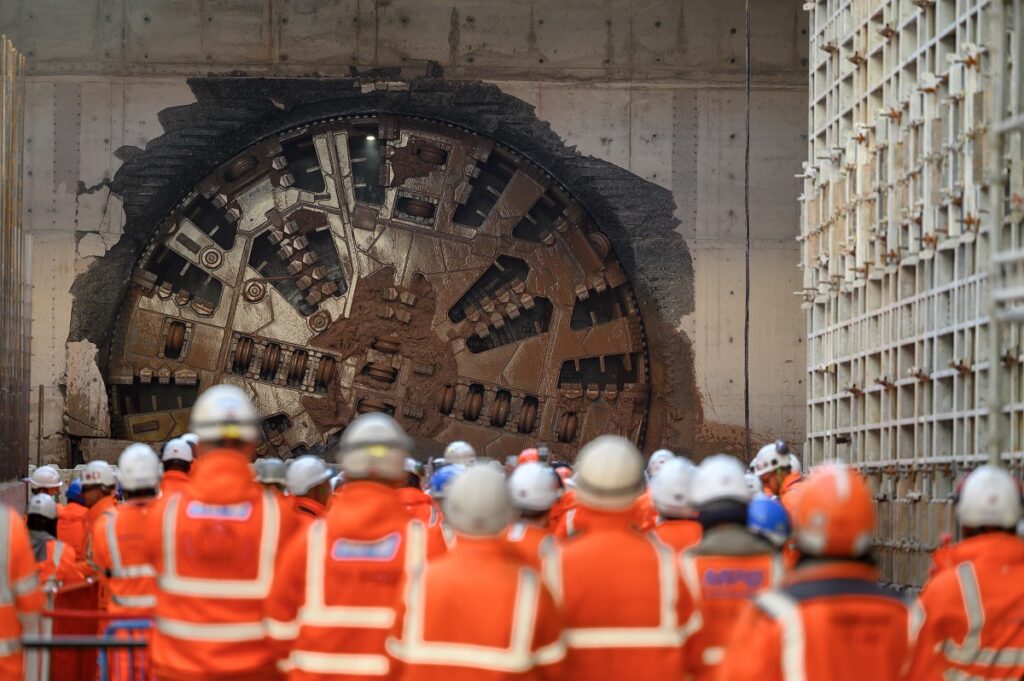
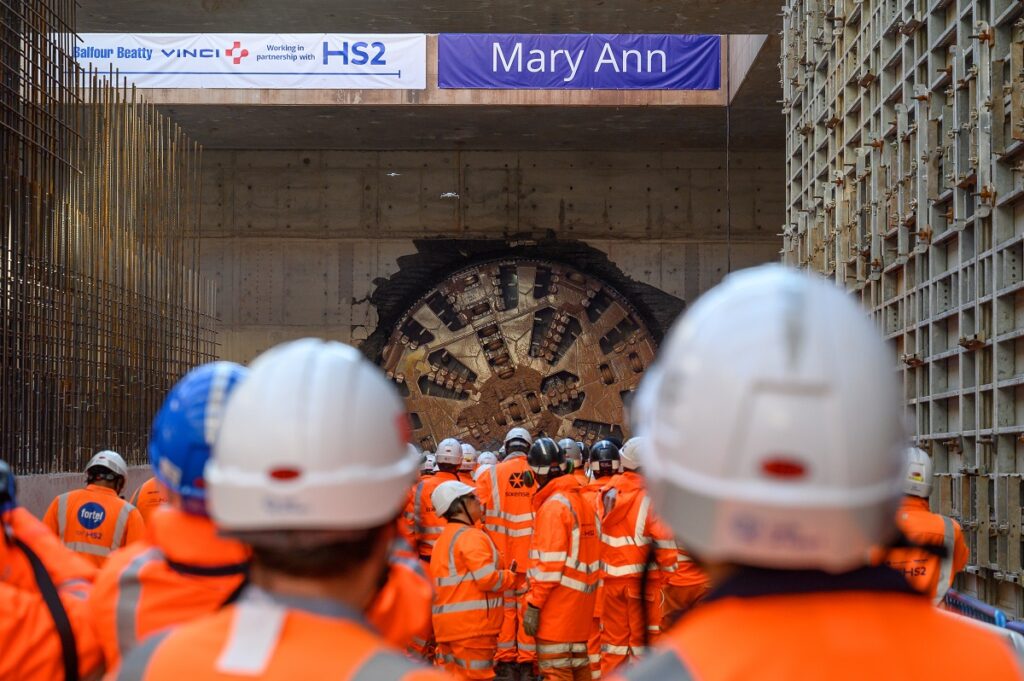
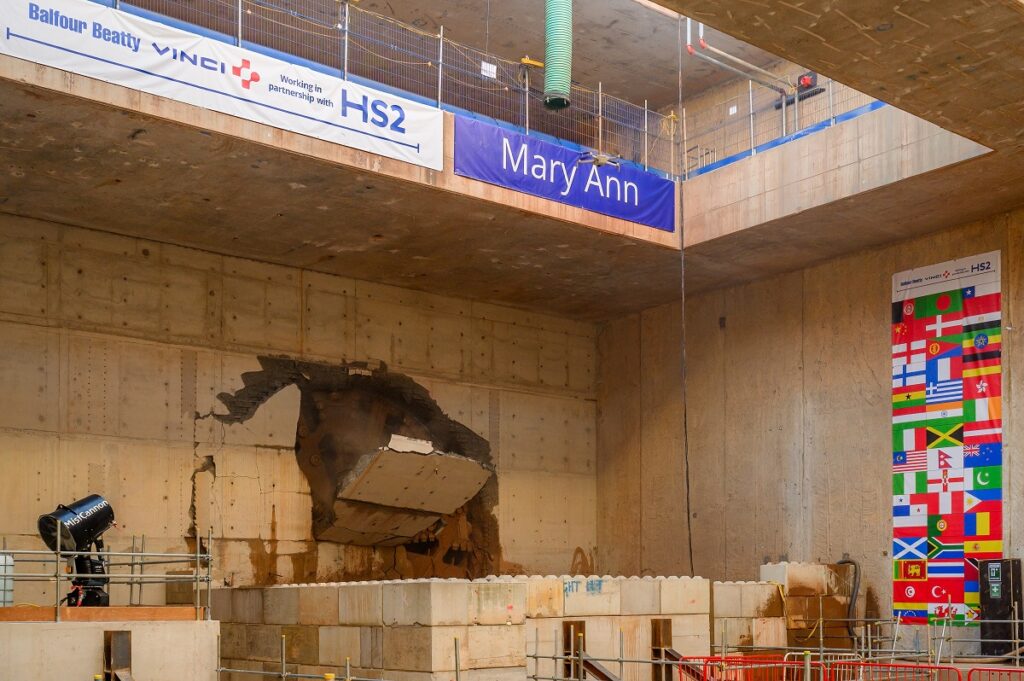
Mark Wild, HS2 Ltd’s Chief Executive, said: “Today’s breakthrough is a significant milestone for the project and I’m immensely proud of the men and women who have worked day and night to bring Mary Ann and her crew home safely.
“Washwood Heath is set to become one of the most important sites on the entire HS2 network – the point at which the railway will be operated, controlled and maintained using the very latest digital technology.
“HS2’s construction is transforming the West Midlands, and the £10bn investment boost it is already driving across the region will multiply in the years ahead.”
Mary Ann excavated approximately one million tonnes of spoil during its tunnel drive. In line with HS2’s sustainability policy, this excavated earth is being reused to support the construction of the nearby Delta Junction, a complex network of 13 viaducts that will enable high-speed trains to travel between London, Interchange Station in Solihull, and Birmingham Curzon Street Station. The excavated material is being transported via dedicated haul roads to minimise the number of construction vehicles on public roads.
At peak production, the TBM advanced at around 30 metres per day. The crew worked in tandem to operate the giant boring machine, ensuring the cutterhead sliced through the earth while simultaneously reinforcing the excavated tunnel with concrete segments, each weighing up to seven tonnes.
These precision-designed segments were manufactured at Balfour Beatty VINCI’s pre-cast factory at Avonmouth near Bristol. Mary Ann lined the tunnel walls with 20,797 individual segments, creating 2,971 concrete rings to form the tunnel structure.
Jules Arlaud, Balfour Beatty VINCI’s Tunnelling Director, said: “Today’s breakthrough is a significant moment for Balfour Beatty VINCI, as we celebrate the arrival of our first tunnel boring machine into Birmingham. It’s been a challenging drive beneath critical live infrastructure and through complex ground conditions. I’m incredibly proud of our entire team, whose expertise, dedication and resilience has made this possible.
“This achievement follows years of design, planning and preparation from BBV, in close collaboration with HS2 and our partners. The team will now move onto the next phase of work inside and outside of the tunnel, while our second TBM, Elizabeth, continues to make great progress on the second drive.”
BBV’s tunnelling team includes eleven local apprentices who were recruited and upskilled for the job in partnership with Solihull-based Rorcon and national tunnelling experts Tunnelcraft. Tunnelling is a recognised skill-shortage in the UK, and HS2’s drive to recruit and upskill local talent is helping to create the next generation of tunnellers.
In the West Midlands alone, around 10,000 people are currently supporting HS2’s vast construction programme. 710 people from the region have secured an apprenticeship on the project, and 1,870 people who were out of work have started new careers. Local firms are also playing a major role in the construction programme, with over 400 local businesses now actively engaged in HS2’s supply chain.
Washwood Heath is one of three key HS2 sites in the West Midlands, alongside the two new stations that will be built in Birmingham and Solihull. Collectively, these three sites have become a magnet for property investors and developers, spearheading multi-billion-pound redevelopment projects in the surrounding areas, which is forecast to add £10 billion to the region’s economy over the next decade.

